What is the Best LangChain Alternative? Top Tools for LLM Developers
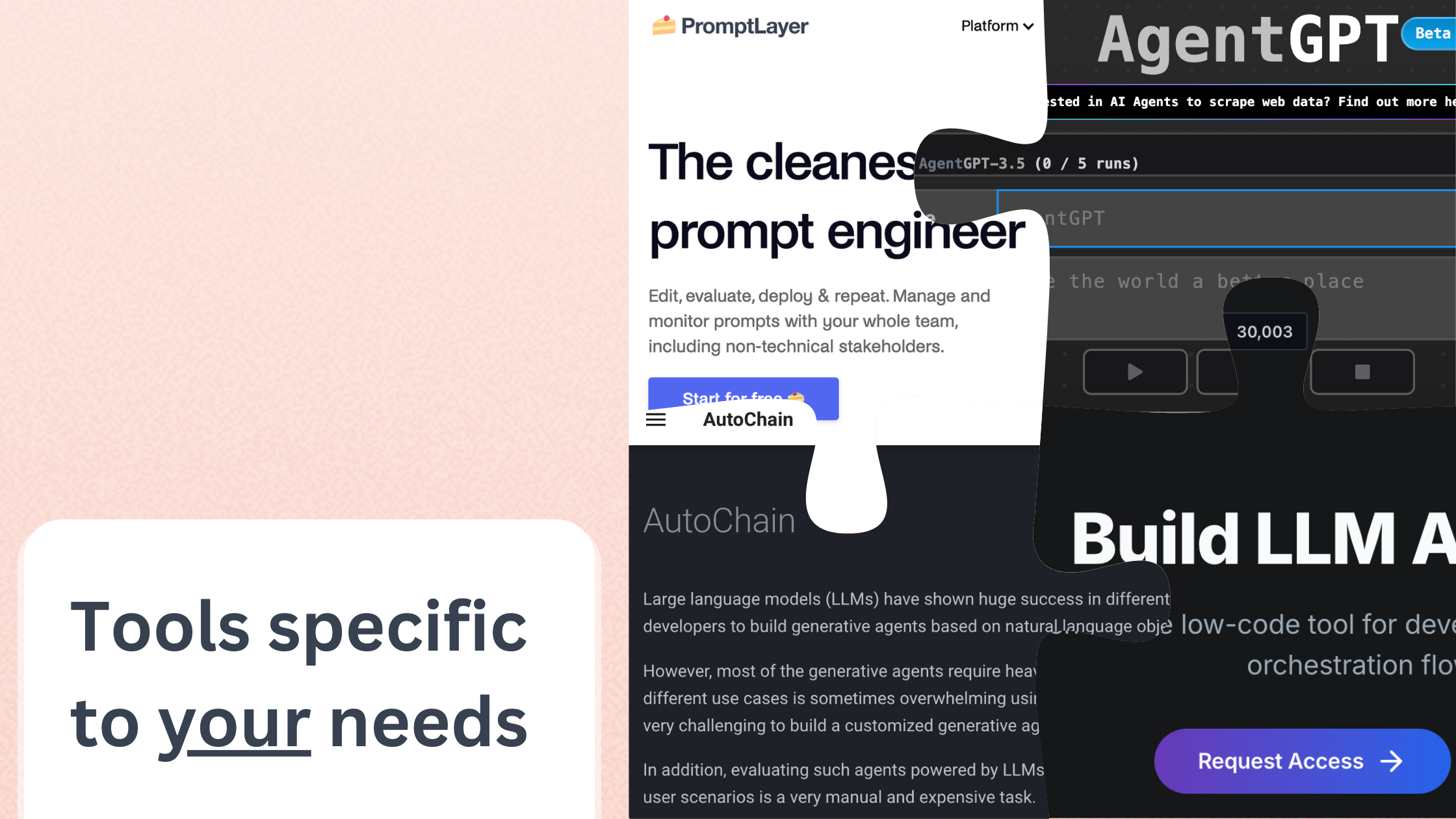
LangChain is an open-source framework designed to simplify the development of applications using large language models (LLMs). It provides a set of tools and abstractions that help developers integrate LLMs.
In this blog post we consider other alternatives to LangChain.
Why Consider LangChain Alternatives?
Tools like LangChain have gained a lot of traction among early AI developers. LangChain simplifies building applications with LLMs by easily integrating models, databases, and APIs. As with any tool, LangChain has its limitations, leading many developers to find alternatives to better suit their specific needs.
Challenges with LangChain
While LangChain offers many features for LLM development, there are several challenges you might encounter:
- Scalability Issues: Performance struggles at large scale, impacting efficiency as data volumes grow.
- Complexity and Usability: Steep learning curve for simple applications, making it difficult to get started quickly. Its challenges also extend beyond initial adoption. As systems grow in complexity, LangChain's abstractions and design choices can become limiting factors.
- Integration and Flexibility: Integrating LangChain with existing tools and scripts can be cumbersome, mainly when working with existing systems.
Criteria for Choosing a LangChain Alternative
Choosing the right LangChain alternative should be based on your project’s specific requirements. Here are the key considerations:
- Scalability: Can the tool handle large-scale operations without compromising performance?
- Ease of Use: Does the tool have a user-friendly interface and a gentle learning curve?
- Integration and Flexibility: How well does the tool integrate with your existing tech stack and systems?
Top Alternatives to LangChain
1. PromptLayer: Advanced Prompt Management & Observability
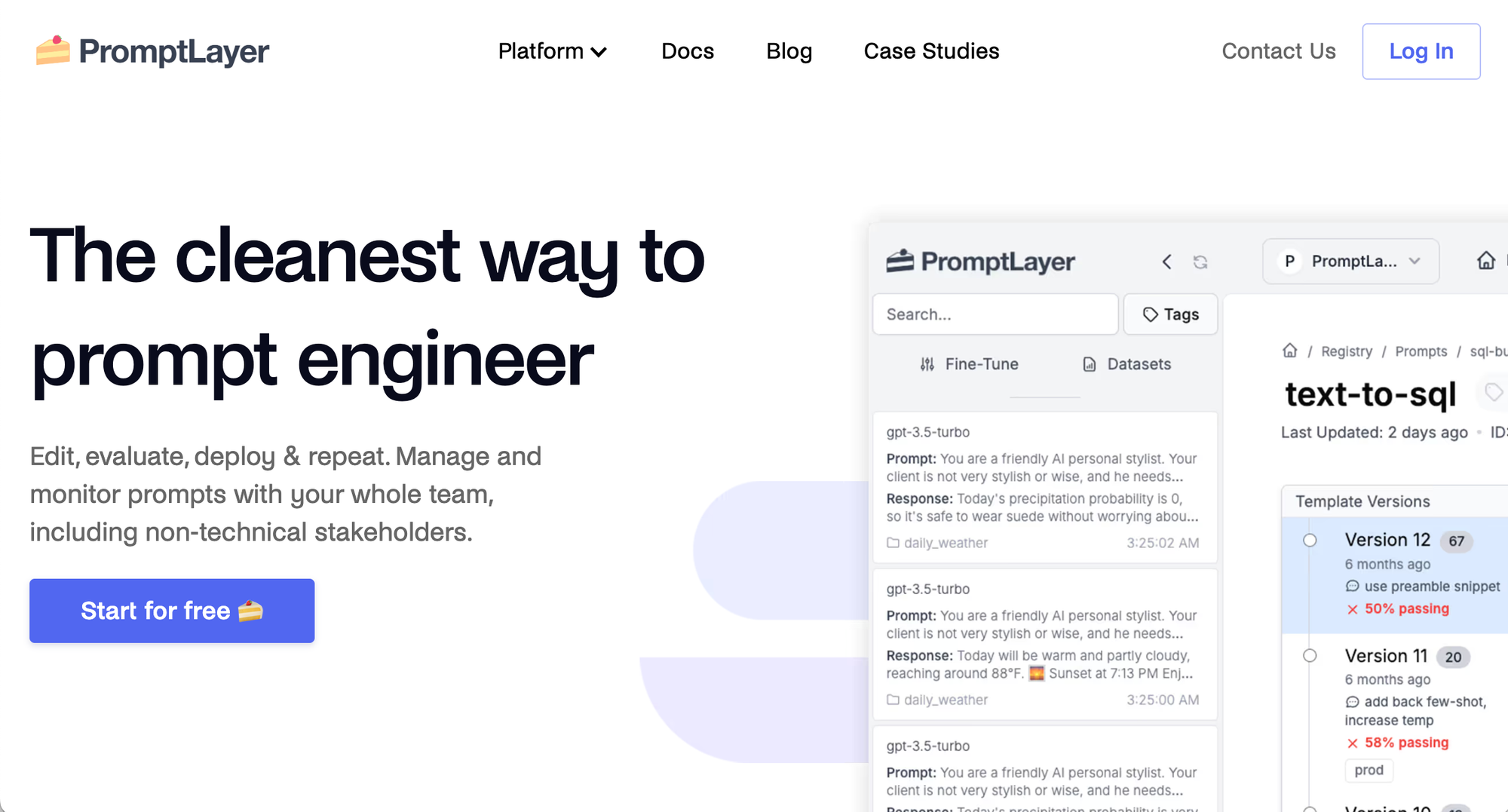
Overview:
PromptLayer is a robust platform for managing and optimizing prompts used in LLM applications. It enables developers to track prompt usage, version prompts, and analyze performance, which simplifies debugging and improves application efficiency. A standout feature is its prompt registry which is a managed prompt CMS that allows teams to collaborate and iterate on prompts effectively.
Use Cases:
PromptLayer is ideal for projects requiring precise prompt tracking and debugging. It is preferred by collaborative teams and developers focused on optimizing prompt performance and minimizing errors.
Comparison to LangChain:
While LangChain provides foundational capabilities for LLM development, PromptLayer enhances these features with advanced observability and debugging tools. Its focus on a friendly interface for both non technical and technical users alike makes it a great choice for collaborative teams. PromptLayer allows teams to move part of their business logic outside of code.
2. FlowiseAI: Visual Interface for LLM Development
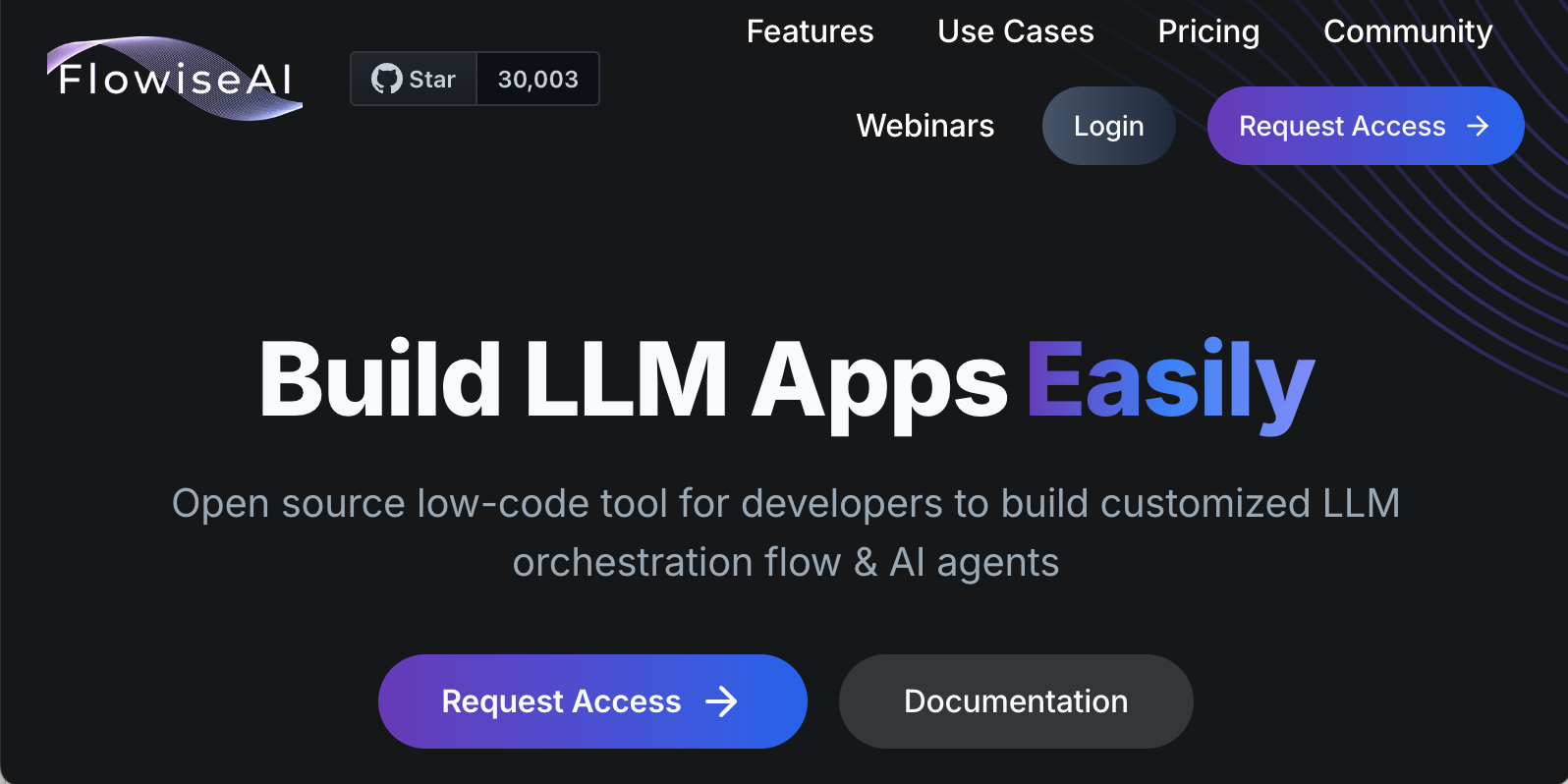
Overview:
FlowiseAI simplifies LLM development with its drag-and-drop interface, allowing developers to create complex workflows without extensive coding. It integrates with various platforms, including Docker and cloud services like AWS and GCP, making deployment straightforward and efficient.
Use Cases:
FlowiseAI is suitable for developers who prefer a visual approach to building LLM applications, particularly those who value quick prototyping and deployment. Its visual interface is beneficial in educational settings or when demonstrating LLM workflows to non-technical stakeholders.
Comparison to LangChain:
FlowiseAI’s visual interface and integration capabilities make it a more accessible option for developers who find LangChain’s setup and abstractions challenging. It’s particularly effective for projects that require rapid prototyping or visual representation of workflows.
3. AutoChain: Customizable LLM Agents
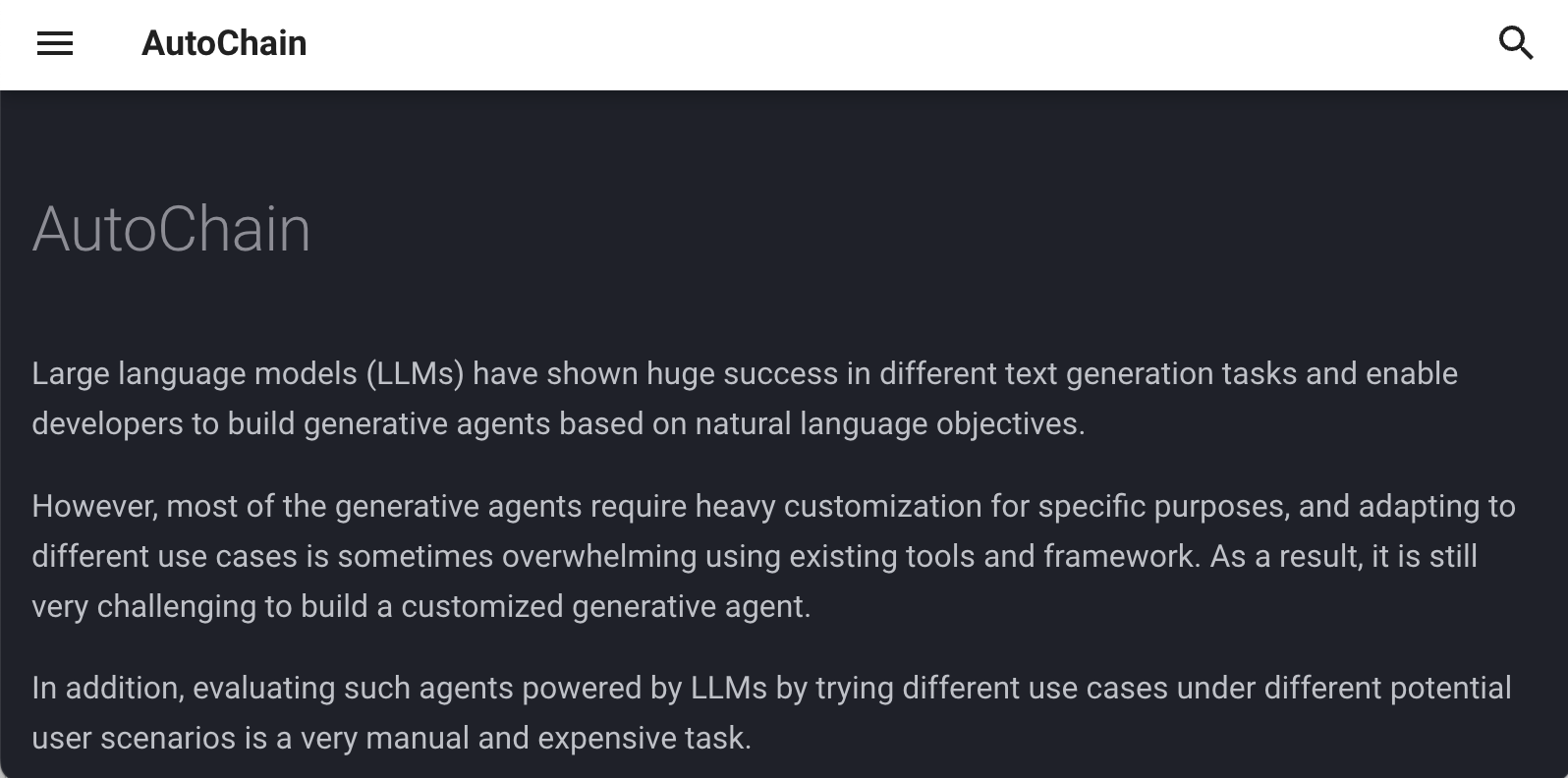
Overview:
AutoChain focuses on providing a framework for building customizable and debuggable LLM agents. It reduces abstractions, allowing users to play with different agent workflows and configurations. This flexibility makes it an excellent tool for rapid prototyping and iteration.
Use Cases:
AutoChain is ideal for developers who need deep customization and control over LLM behavior, especially for projects requiring rapid iteration and testing, such as developing chatbots or interactive AI applications.
Comparison to LangChain:
AutoChain offers a less restrictive environment compared to LangChain, making it better suited for projects that require quick prototyping and customized agent behavior. It provides more freedom for developers to experiment without being confined by LangChain’s structure.
4. AgentGPT: Quick AI Agent Deployment
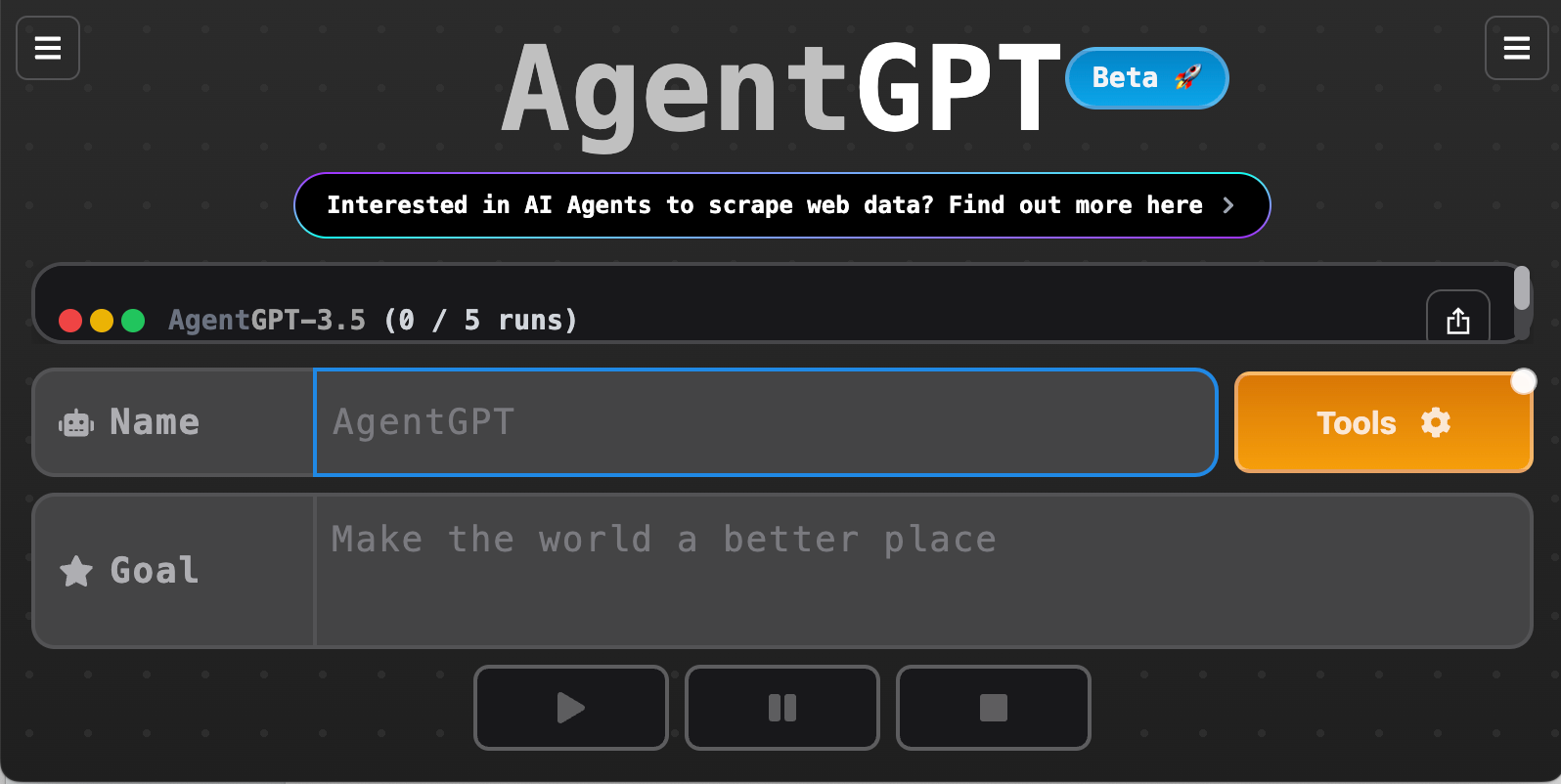
Overview:
AgentGPT enables users to create and deploy AI agents directly in a web browser. Its user-friendly interface and web-based deployment make it accessible for non-technical users. It is ideal for applications that require quick setup and deployment without extensive coding.
Use Cases:
AgentGPT is perfect for users looking to deploy AI agents quickly and easily, particularly in environments where a web-based solution is preferable. It’s well-suited for educational tools, personal projects, and small-scale applications.
Comparison to LangChain:
AgentGPT provides a more straightforward setup compared to LangChain, making it accessible for small-scale applications and users without a strong technical background. However, it may not support more complex or large-scale projects as effectively as LangChain.
Differentiating Factors: Which Alternative Suits Your Needs?
| Factor | PromptLayer | FlowiseAI | AutoChain | AgentGPT |
|---|---|---|---|---|
| Observability & Debugging | Advanced tracking and performance analysis | Basic, visual debugging | Basic debugging, focused on agent behavior | Limited |
| Ease of Use | Moderate, requires some technical knowledge | High, drag-and-drop interface | Moderate, suited for developers | High, web-based, easy to deploy |
| Customization | Moderate, focused on prompt management | Limited, visual interface | High, flexible agent configurations | Low, limited customization |
| Deployment Flexibility | High, integrates well with existing systems | High, supports diverse deployment options | High, supports Docker and cloud services | Limited to web-based deployment |
Summary and Recommendations
Choosing the best LangChain alternative depends on your specific project needs:
- For robust prompt management and observability: Choose PromptLayer. It’s the best option for developers who need detailed prompt tracking and performance analysis.
- For visual, user-friendly workflows: Go with FlowiseAI. It’s ideal for quick prototyping and applications where visual workflows simplify complex processes.
- For deep customization and rapid prototyping: Opt for AutoChain. It provides flexibility and control, making it perfect for experimental LLM applications.
- For quick and easy agent deployment: Consider AgentGPT. It’s an excellent choice for small-scale or educational projects where ease of use is paramount.
Each tool offers unique strengths and features that may align better with different use cases compared to LangChain. Evaluate your requirements for scalability, usability, and integration to make an informed decision.
Finding the Right Tool for Your LLM Projects
When selecting a tool, consider the complexity of the tasks, ease of integration with your existing systems, and the specific features each tool offers. It’s often best to test multiple tools in a controlled project environment before committing to one. Explore the documentation and community resources for each tool to get started:
About PromptLayer
PromptLayer is a prompt management system that helps you iterate on prompts faster — further speeding up the development cycle! Use their prompt CMS to update a prompt, run evaluations, and deploy it to production in minutes. Check them out here. 🍰



